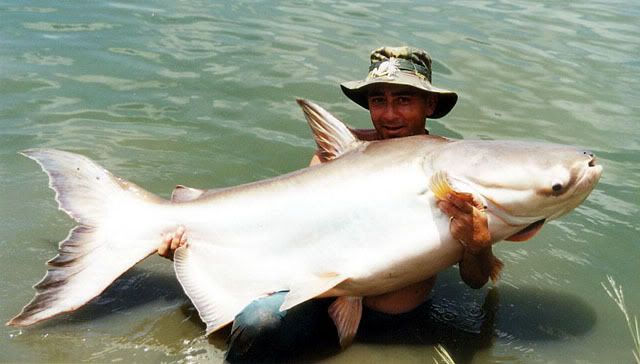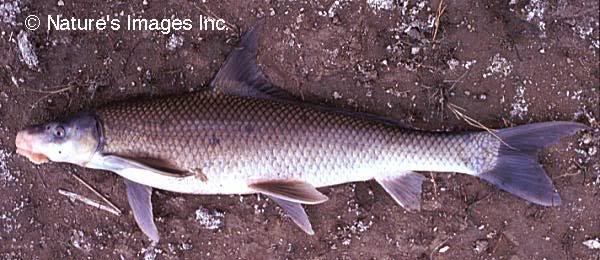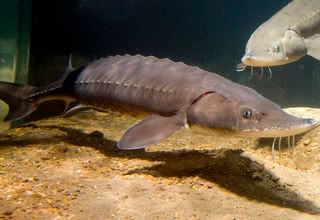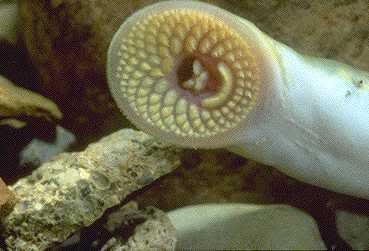
Yes, that is a picture of the Blobfish, and yes, that picture makes it look like someone let the air out of Ziggy’s oversized head. However, that picture was taken of a dead specimen on a research boat, right before it was pickled in formaldehyde. Blobfish don’t rely on swim bladders to remain buoyant like other fish, because the pressure of half a mile of water would squish the air right out of them. Instead, their flesh contains a gelatin-like substance that is nearly equal to the density of water. This means they can float effortlessly in the water, but makes it look like they melted above the surface. As to what they really look like, this is a much better picture:

These fish, who now resemble their Sculpin brethren much closer, bob along the ocean floor around the coast of Australia and New Zealand. There, they eat whatever floats or crawls by—mostly crabs, snails, and octopuses1.
Everyone seems to think Blobfish are lazy. Yes, they are adapted to using as little energy as possible to eat and move, but they are not deadbeats. While other fish spawn and leave, the Blobfish is an attentive parent. They will clean and sit on the eggs, protecting them from parasites and predators.
More efficient fishing methods have caused no end of trouble to all kinds of sea creatures. Trawling the ocean floor for crustaceans also picks up bycatch like the Blobfish. Callum Roberts and other scientists are worried about the future of this majestic fish. While it’s not officially listed as endangered, the government is certainly worried about it.
Public knowledge about bycatch in general, and the Blobfish in specific, is growing. Professor Roberts has certainly been trying to get the word out. There is also this British kids’ show that depicts the Blobfish fairly accurately, as well as adorably. They also sound like British Zoidbergs, which seems appropriate.

1You can argue all you want about the proper plural of “octopus.” There isn’t one.












